Projects
Supporting innovative, cutting edge ideas, the Research Innovation Fund (RIF) provides seed grants for cross-college collaborative projects.
How do I apply?
Project Description
Media
Filters
- Project Types
- All
- Animal Health
- Aquaculture
- Automation and Robotics
- communities
- Communities/Farmers/Relations
- Computational Modeling
- Controlled Environment Agriculture
- Crop Production
- Dairy/Livestock Production
- Data Integration and Processing
- Farmers
- Farmers, Communities, Relationships
- Food Safety
- International Agriculture
- Iot and Networks
- Machine learning
- Machine Learning
- Plant Breeding
- relations
- Sensing Technology
- Soil
- Trustworthy AI
- Years
- Project Creators
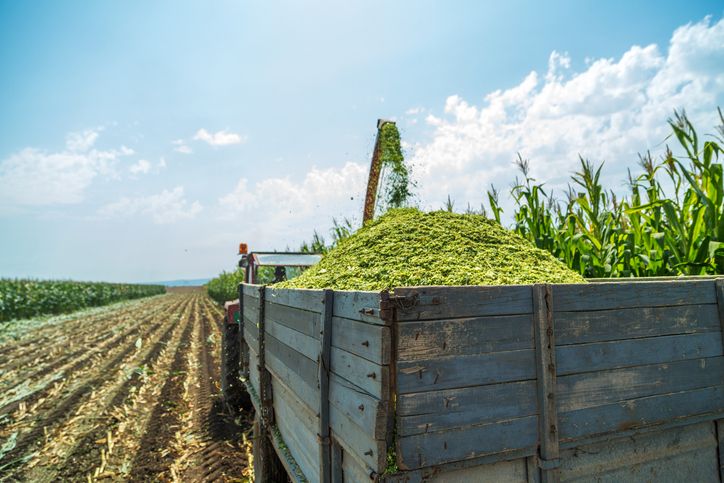
Spectral Prediction of Deoxynivalenol (DON) in Maize Grain, Rachis Tissue, and Silage
Deoxynivalenol (DON) is a secondary metabolite or mycotoxin produced by Fusarium molds. DON contamination in maize poses a major threat to food and feed safety. Conventional detection of mycotoxins involves time and resource-intensive chemical assays. Inexpensive and non-destructive methods for detecting DON based on the spectral properties of grain have shown promising success at various prediction tasks. Grain-based models, however, may not be effective for assessing silage, which consists of mixed maize tissues. Available evidence suggests that the maize rachis can harbor much more DON than grain, but rachis tissues have not been included in spectral models for DON detection. Models that leverage spectral data from both grain and rachis tissue could enable cost-effective DON surveillance in maize silage. To assess the extent of this applicability, we will acquire diverse silage samples from local dairy farms. This model’s performance will suggest how specific our rachis and grain wavelengths are to DON in general, and in turn, how applicable they may be to silage samples.
Chloe Siegel (GR-CALS), Primary Advisor: Rebecca Nelson (CALS), Secondary Advisor: Daryl Nydam (CVM)

Control of Multidrug-Resistant Salmonella Dublin in Heifer-Raising Operations Through Integration of Mathematical Modeling and Economics Approaches
Multi-drug resistant (MDR) Salmonella dublin is an emerging zoonotic pathogen capable of causing severe disease in humans and is also a major concern to dairy cattle operations worldwide, including in New York State. Current gaps in the understanding of the transmission dynamics of MDR S. dublin and the economic feasibility of different mitigation strategies severely challenge the ability of dairy farmers to make informed decisions about cost-effective approaches to safeguard their production. This project proposes to develop a decision support tool that assesses MDR S. dublin control strategies based on integrated mathematical modeling and economic analysis approaches. Based on the results, a web-based interface will be designed to provide model simulation and planning of S. dublin mitigation strategies.
Sebastian Llanos Soto (GR-CVM), Primary Advisor: Renata Ivanek (CVM), Secondary Advisor: Martin Wiedmann (CALS), Tertiary Advisor: Aaron Adalja (SHA)

Developing a Satellite Image-Based Sampling Protocol for Nutrient Monitoring in New York Vineyards
Extension specialists recommend that vineyard managers sample for leaf blade nutrients by collecting a large, random sample in each block each season. However due to the time and effort required, this task is either completely ignored or a biased sample is collected. The goal of this project is to use free, readily available, remotely-sensed images such as Normalized Difference Vegetation Index (NDVI) and Synthetic Aperture Radar (SAR) images to assess vineyard block variability and guide efficient sampling practices. Guided sampling pathways will reduce the labour and fuel required for nutrient sampling, resulting in reduced production costs for NYS grape growers. An additional benefit may be that growers are more likely to sample, resulting in improved environmental sustainability due to more targeted fertilizer applications.
Manushi Trivedi (GR-CALS), Primary Advisor: Justine Vanden Heuvel (CALS), Secondary Advisor: Rowena Lohman (COE)
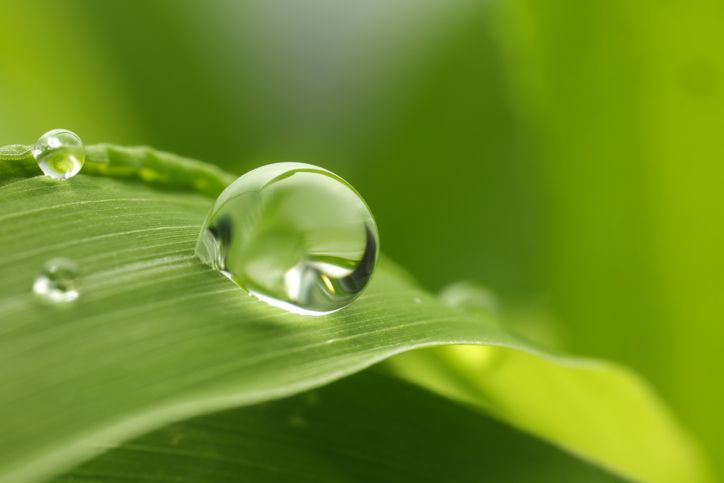
Noninvasive Measurements on Plant Conditions Inspired by Raindrop-Leaf Interaction
This research will investigate the mechanism of how an elastic leaf interacts with an impacting raindrop, having potential implications for characterizing the water/nutrient condition of plants from the drop-leaf interaction. When the drop hits on a leaf, the leaf flutters differently depending on the properties like stiffness and shape. Based on this fact, we are trying to reveal the functional relation between the leaf motion and its water/nutrient stress. High-speed cameras will quantify the shape deformation of the leaf and sensors will measure vibration. Using a piezo-electric material instead of a leaf, the project aims to develop an innovative engineered system based on this raindrop-leaf interaction to record and store mechanical vibrations subject to drop impact leading to an innovative energy-harvesting device from raindrops.
Jisoo Yuk (GR-CALS), Primary Advisor: Sunghwan (Sunny) Jung (CALS), Secondary Advisor: Kirstin Petersen (COE)
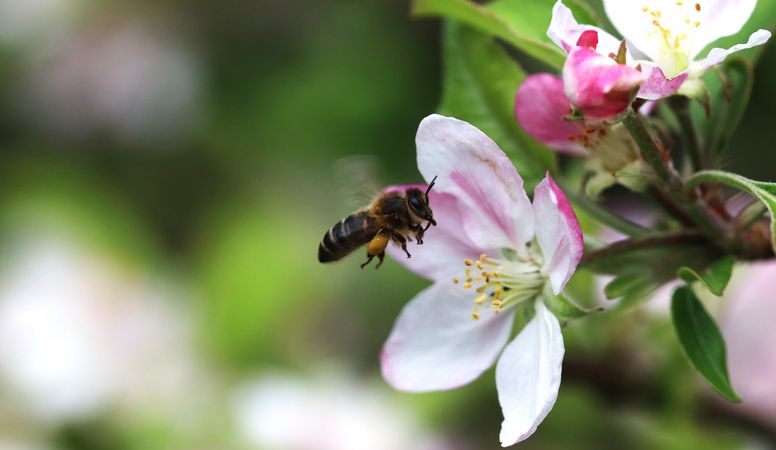
Attracting Wild Pollinators to Orchards: Applications for Sensory Ecology
Insect pollinators are vital for agriculture. Unfortunately, recent pollinator declines threaten food security, biodiversity, and the agricultural economy. Pollinator management typically focuses on honey bees (Apis mellifera), but native bees are often more efficient pollinators. Attracting native bees to agricultural areas is an efficient and sustainable solution to our escalating pollinator crisis. Recent research from collaborators in Cornell Entomology showed that wild bumble bee queens are highly attracted to the nests of other bumble bees, which they try to usurp. I aim to develop a tool that exploits this attraction, encouraging bees to nest and pollinate in orchards. This summer, I will determine what factors nest-searching bumble bees use to locate and select nest sites. The results will inform the design of this tool and fill a gap in our knowledge of this ecologically important species. With this knowledge and integrated grower feedback, we will prototype design for 3D printed artificial nest cavities to simulate natural burrows.
Leah Valdes (GR-CALS), Primary Advisor: Robert Raguso (CALS), Secondary Advisor: Kirstin Petersen (COE)
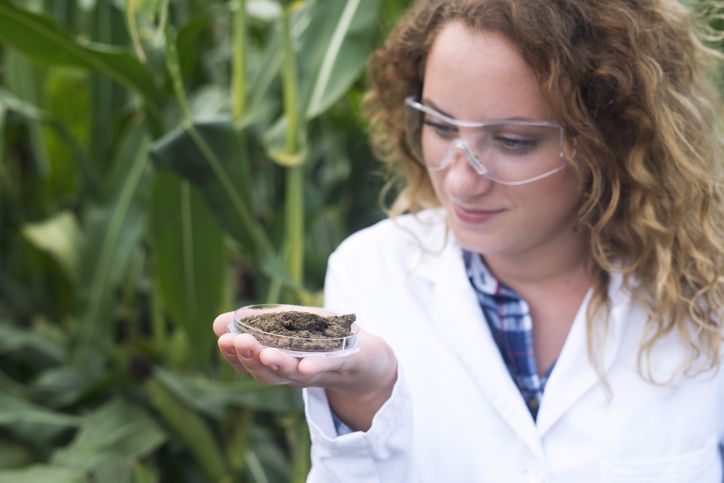
Ultrasonic Imaging for Microbial Natural Products in Agriculture
Soils harbor a tremendous diversity of bacteria that serve as reservoirs for natural products beneficial to agriculture. The majority of soil bacteria are not cultivable under standard laboratory conditions using petri plates and liquid broth cultures. Two decades ago, the rise of metagenomics liberated researchers interested in natural product discovery from the constraints of microbial cultivation but innovative methods to identify bacteria capable of small molecule production are still lacking. We propose a proof-of-concept study on the application of ultrasonic chip imaging for high throughput natural product discovery based on screening of a 100kb soil metagenomic library.
Liang Cheng (GR-CALS), Primary Advisor: Jenny Kao-Kniffin (CALS), Secondary Advisor: Amit Lal (COE)
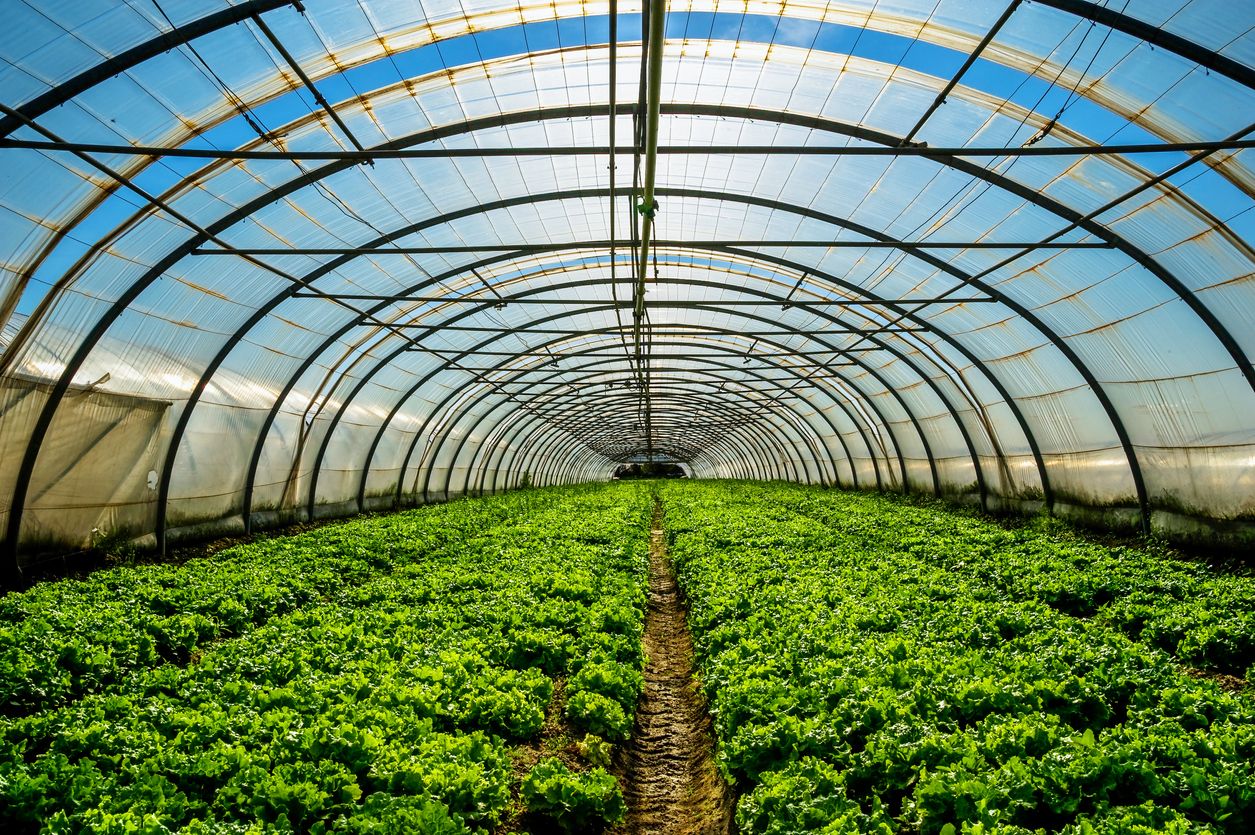
Smart and Intelligent Greenhouse Climate Control with Artificial Intelligence
This research project aims to tackle challenges related to greenhouse climate control by developing a smart and efficient AI-based control framework for greenhouse climate that minimizes costs while maintaining a suitable greenhouse climate for crop growth. In addition, this research will optimize use of resources such as energy and water which are of critical importance, particularly in the era of climate change, further highlighting the importance of efficient greenhouse climate control.
Wei-Han Chen (GR-COE), Primary Advisor: Fengqi You (COE), Secondary Advisor: Neil Mattson (CALS)

Developing a Smart Feeding System in Fish Aquaculture Systems
Feed is one of the biggest production costs when producing fish. A large amount of the feed produced is currently wasted throughout the feeding process. This causes decreased water clarity and affects fish growth rate. During this research project, visual data will be collected along with data from several sensors, to include but not limited to, pH, dissolved oxygen, and temperature. Once data has been collected, a machine learning algorithm will be created to understand when fish should be fed. The goal of this research project is to implement a “smart” feeder within a research setting and gain valuable knowledge about which data is best to understand when fish need to be fed.
Matt Roohan (CALS); Eugene Won (CALS); Maha Haji (COE)

NMR Measurement of Underground Crops
This project will provide farmers with the ability to estimate the water content (and, consequently, dry matter content) in starchy plants like potatoes and cassava. This will better define the harvest date and allow the growth conditions of the crop to be tuned accordingly. For crop breeders, the success of a new breed can only be determined after the crop has mostly matured (nearly a year for cassava), but with dry matter content measurements throughout the lifecycle of the crop, a breeder can determine the promise of a breed much earlier, perhaps even in the first month. The project depends on how alternating magnetic fields change the orientation of proton magnetic moments in water. A prototype has been created but isn’t yielding results. By adding a second coil, we will troubleshoot and potentially redesign the setup, so we can return a stronger differential output.
Tangia Sun (CALS); Amal El-Gazaly (COE); Mike Gore (CALS)
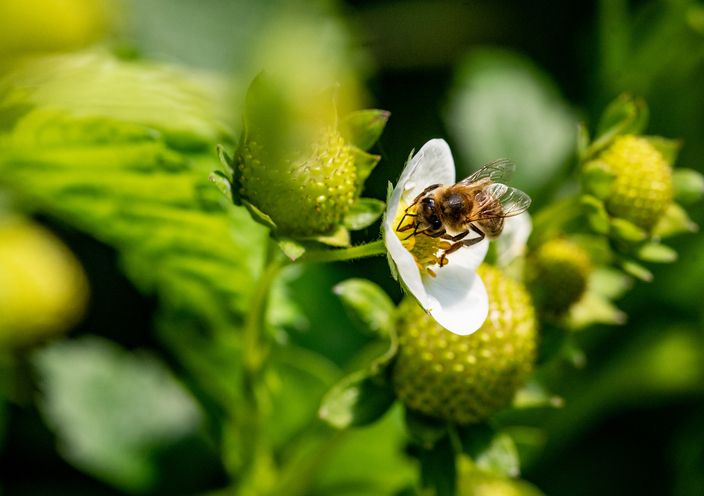
Automated Monitoring of Strawberry Pollination
The world’s food security is highly dependent on pollinators with bees being primary members of that community. Bees are declining at an alarming rate due to several factors including use of pesticides and disease. This decline has made pollination via drone an appealing alternative. Initial studies on drones’ effectiveness to pollinate strawberry plants has proved inconclusive. This work helps develop additional field experiments to validate current data as well as how this data can be employed in an open-source format. Using automated entrance monitors, solar-powered acoustic sensors, and computer programs that use the size, symmetry, and color of the strawberries to create models. The technology developed for this study can help pollinator focused researchers in the future as they explore methods for monitoring the entrance of a hive, understanding the consequences of pollinator interactions with strawberry plants, and the use of acoustic monitors in a field to measure the presence of wild bees as well as other pollinators.
Tallisker Weiss (UG-CALS); Kirstin Petersen (COE); Scott McArt (CALS)
Become a Fellow
Stay up to Date
If you have a disability and are having trouble accessing information on this website or need materials in an alternate format, contact [email protected] for assistance.
CIDA Copyright 2023 | CIDA is an equal opportunity employer | Terms of Use | Privacy Policy